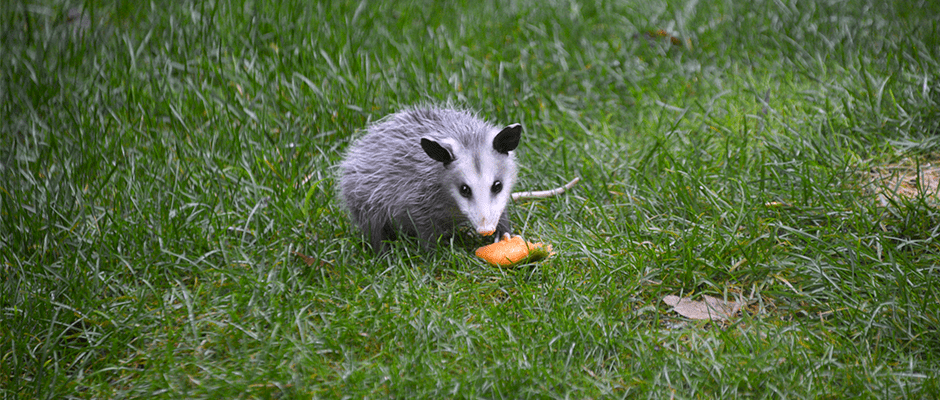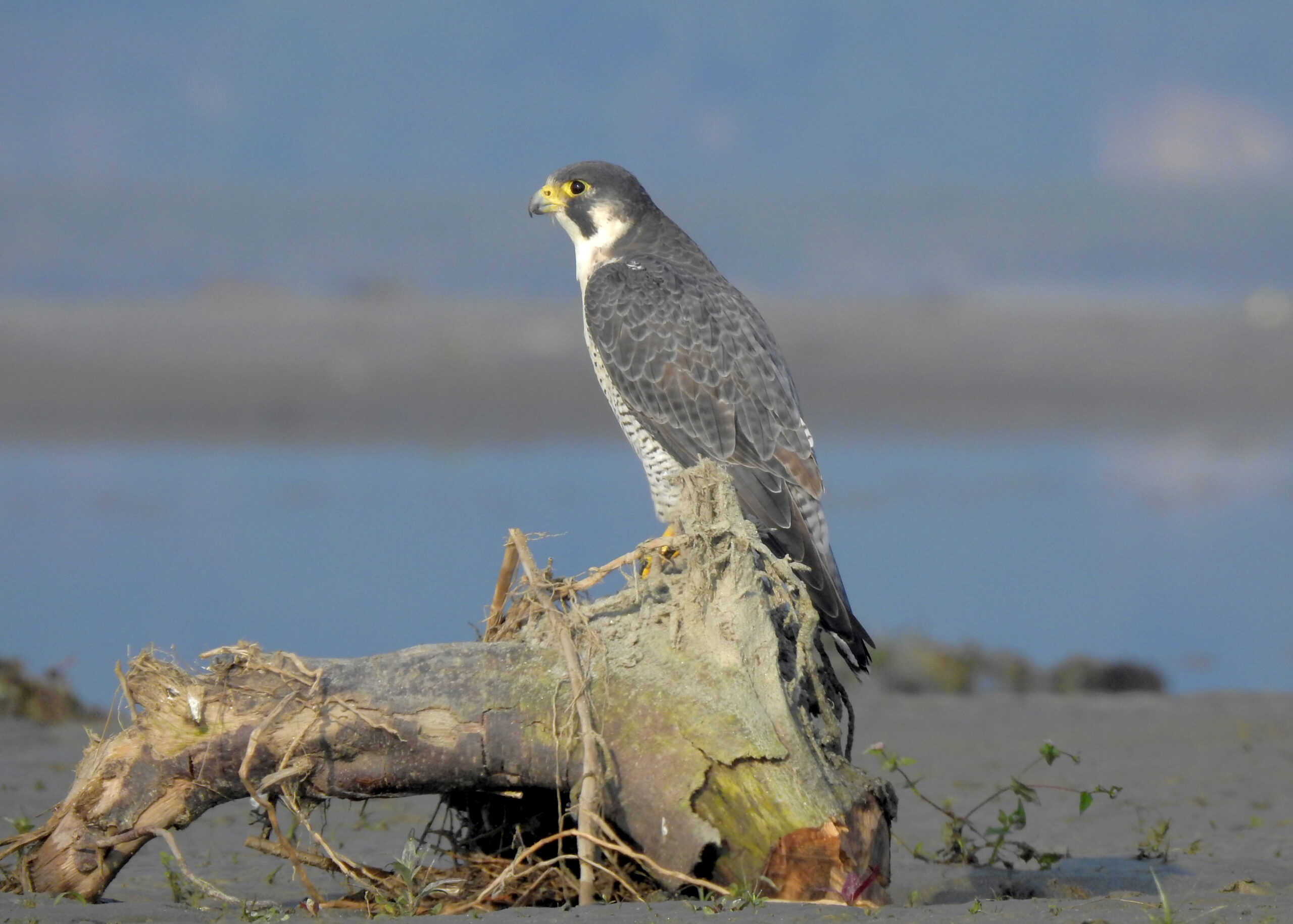Share this article
Farms and vanishing snow bring opossums north
When an opossum turned up shot by an arrow in Grand Forks, North Dakota, Lisa Walsh, a PhD candidate at the University of Michigan, decided to drive up to check it out.
The Virginia opossum (Didelphis virginiana), whose ancestors evolved in South America, had been common in Michigan since the 1920s, but it was unheard of as far north as North Dakota.
“Some people go south for spring break,” joked Walsh, who led a recent study documenting the opossum in Grand Forks in Prairie Naturalist and another study published on the northward expansion of opossums published in the Canadian Journal of Zoology. “I just drove through Wisconsin to North Dakota to get myself an opossum.”
Walsh has found anecdotal sightings of opossums showing up as far north as Maine, Michigan and even southern Ontario. As they continue to move northward, Walsh wants to know why.
In one study, she and her colleagues collected opossum samples from trappers, nuisance control operators and animals that died at wildlife rehabilitation hospitals.
They then looked at the DNA of 85 individuals from Michigan, Ohio and Wisconsin. Using microsatellite markers, Walsh and her colleagues determined there were two genetically distinct populations — one on the west side of Lake Michigan and one on the east.
They then looked at different factors including climate, human population data and opossum genetics to determine which factors might be influencing their movement northward.
Using U.S. census data and information on winter temperatures and snow depth from 1992 to 2013, the team determined the most significant factors in their movement were the diminishing amount of snow on the ground and the presence of farms.
“With range expansion in today’s world, we often credit it to climate change,” Walsh said, but in this case, opossums seem to be influenced less by temperature than by snowfall.
“They don’t like foraging when snow is on the ground,” she said. The opossum collected in North Dakota had darkened paws as a result of frostbite.
Farms were also an important factor aiding their expansion, Walsh said, likely because they may offer easy access to food for opossums, such as roadkill and some crops.
Walsh suspects the opossums will continue traveling north, offering a mixed blessing for farmers along the way. On the one hand, she said, they can spread parasites to domesticated animals. On the other, they can control ticks and the diseases that come along with them.
“There is a good side and a bad side,” she said.
Walsh plans to continue researching the opossum, including looking at their diets to see if they are different farther north.
Header Image: A young opossum eats a cantaloupe rind. Researchers found snow and farms are important factors in their movement northward. ©Maury Walsh








